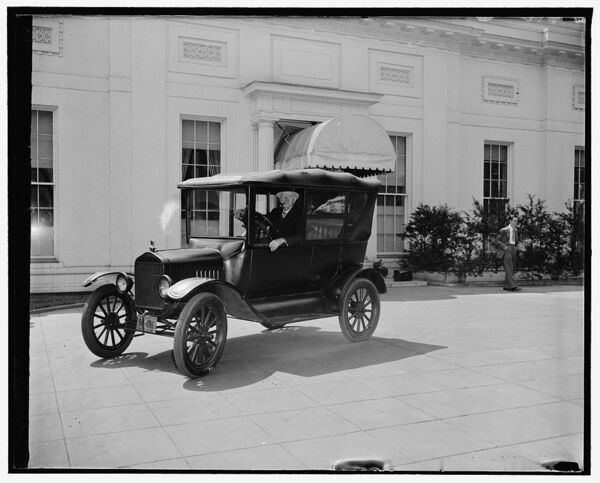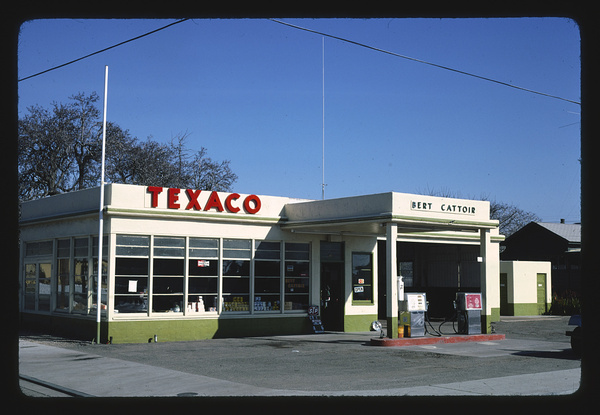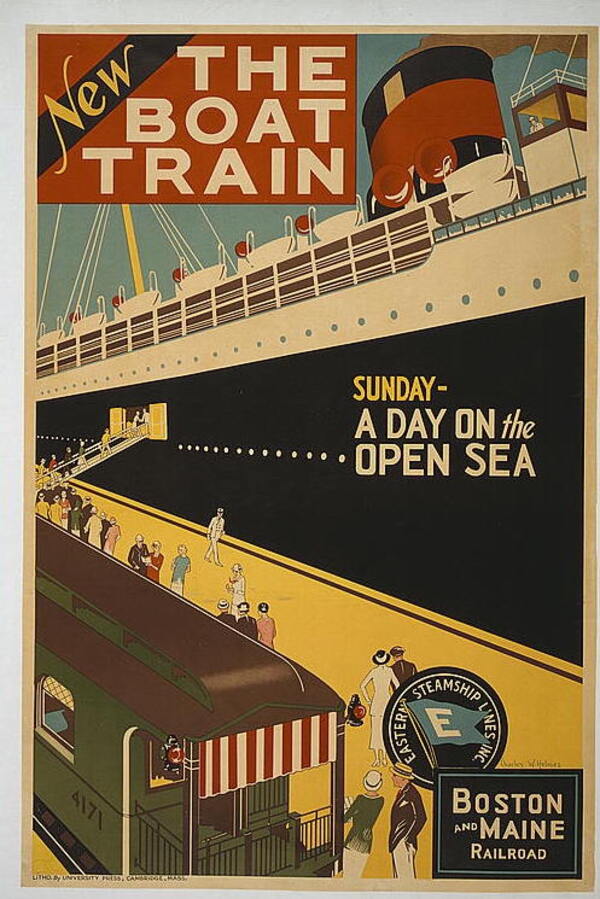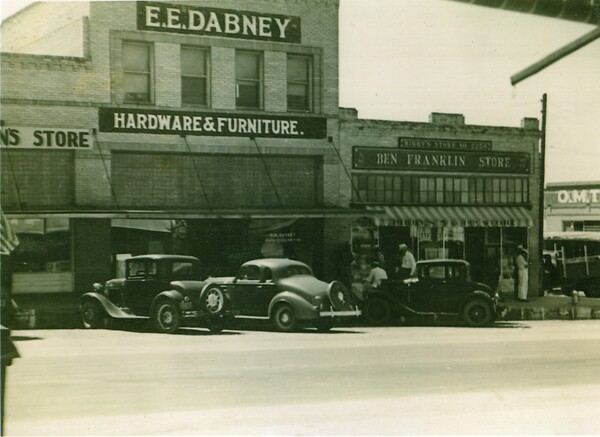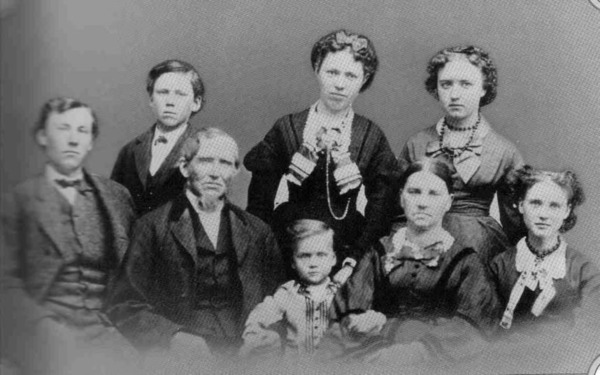One of the things we've always wanted to write about is the post-mortem photography of the late 1800's; however, we've always balked at it given how sensitive the subject matter and the photos themselves we can be. That said, there are a lot of myths and confusion about the nature of the photography itself, so we thought we should go ahead discuss it! The next few pages hold a few photos and more information about the genre itself.

This is one of the first known post-mortem photos. It depicts a mother and father with their newly-departed daughter in 1848. If you look closely, you'll notice the three vials of medicine on the table beside them that obviously provided no help. Photo from the Burns Collection. Hit the "Next Page" button below to find out more.
Post-mortem photography sprung up in the mid 1840's and was alternately known either as memorial portraiture or mourning portraits. These photos hold a special place in our history, because they often represented the only visual rememberance of the departed. Photography was so rare and expensive then that many of the photos from the 1840's until the 1870's were mourning photos.
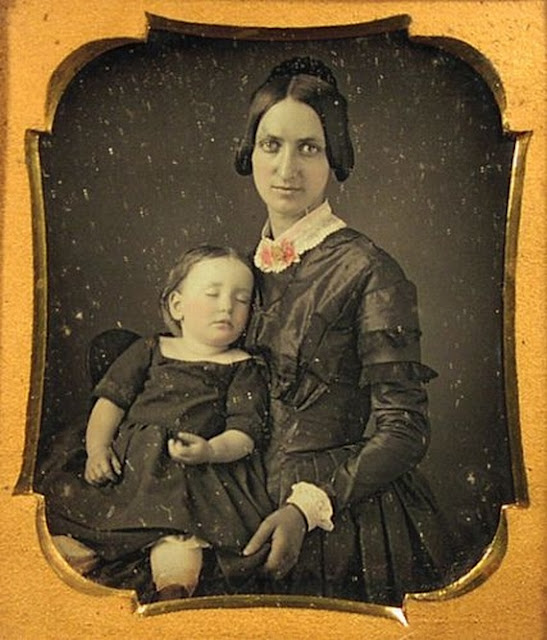
Memorial portraits were very common in the 19th century when death occurred at home and was quite an ordinary part of family life. That said, the passing itself often promted the family members to take quick action, quickly beckoning or heading in a buggy to the nearest photographer. These became precious keepsakes for the family and lasted those many years after the person had passed. The practice peaked at the end of the 19th century as standard snapshot photography took over and people often had more than enough photos of the person living, and it became an accepted understanding that it was rude to photograph the dead if you had a memory of their living.

The earliest photos of this style were meant to make the person appear as life-like as possible, often posed in their best apparel. Children were posed with their favorite toy or often their mother. Flowers were often involved, and photographers often added some rosy ting to cheeks in post processing.

c.1890 Cabinet card by Beniamino Facchinelli showing deceased infant, lovingly dressed and positioned.
Many believe that photographers used a metal stand to place the deceased person, but this is simply not true. There was, however, a device called a Brady Stand that helped living subjects remain still for long perioeds of time. We're including some examples of the Brady Stand below. All of these subjects were fully alive!


Not all families had the time, the means, or the know-how to whisk their beloved off to a photographer; as such, there is an entire genre of this photography that simply shows the family with the deceased in a coffin prior to burial.
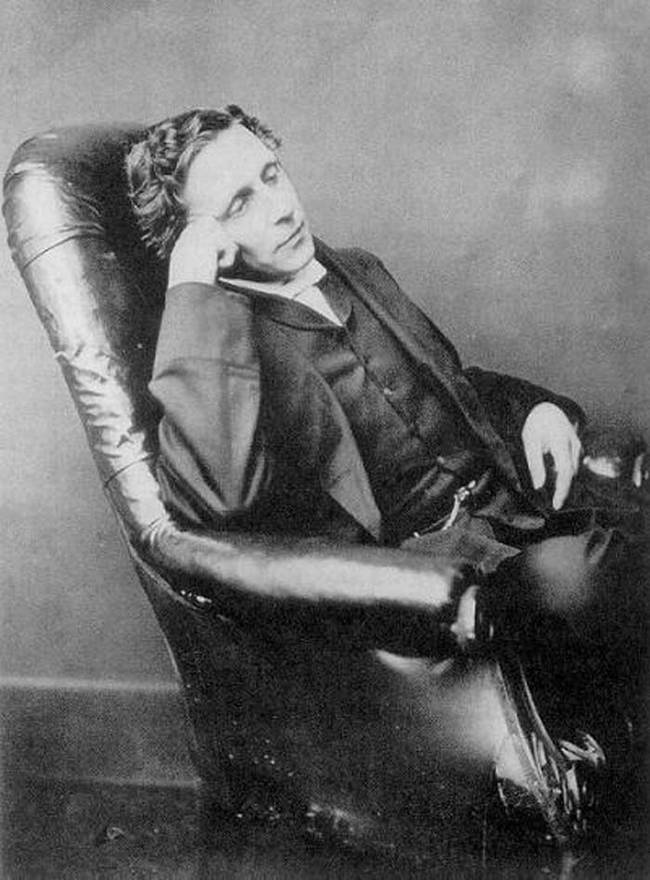
One thing that higher-end photographers did for their subjects was to position them in a thoughtful, respectful way that would mimic a life-like state. Here's a great example from the late 1800s.
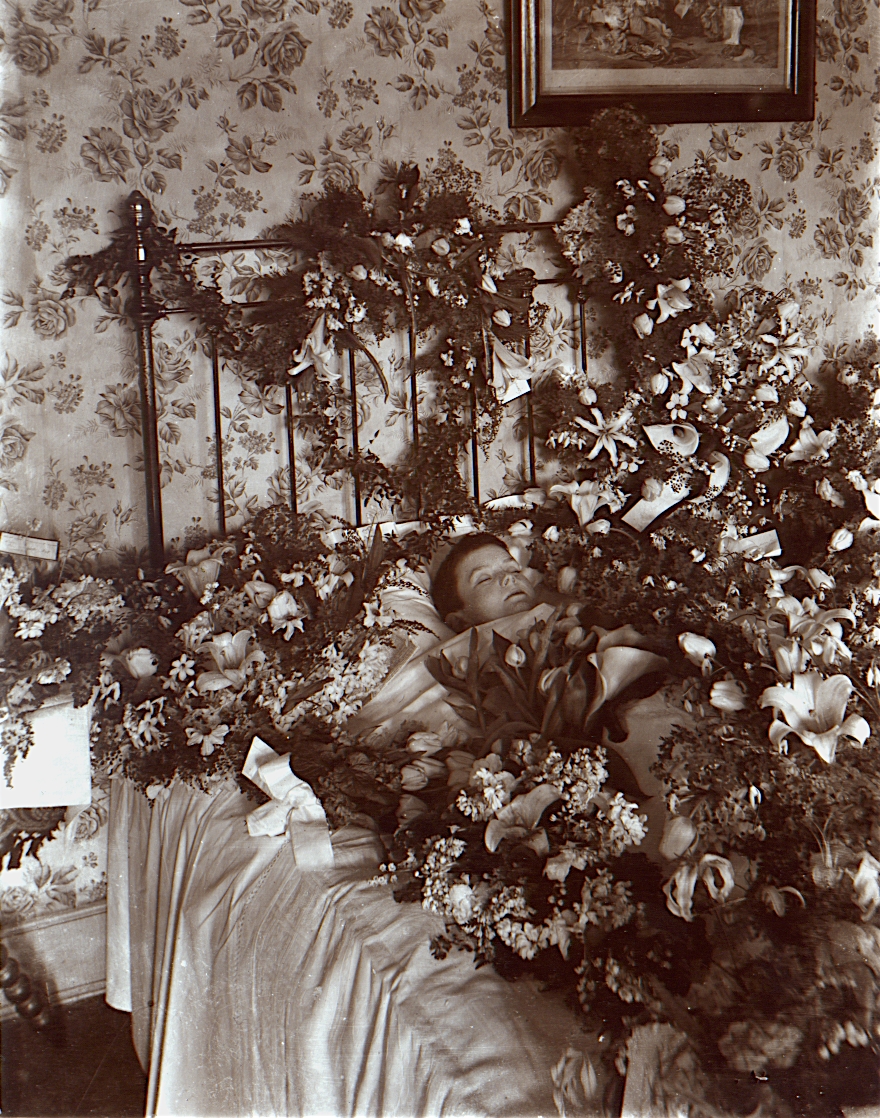
Toward the end of the 18th century as post-mortem photos in studios became out of vogue, in-home photos like the ones above became popular. This photo on a white plate glass negative from Justin Cormack provides an example of how an entire community would come together to help the family grieve.
If you liked this article, hit the "Share" button below to pass it on to friends...
Next Article
